
With the inevitable signs of ageing, many people look for effective ways to rejuvenate their appearance. One of the most innovative procedures gaining recognition in the cosmetic industry is the PDO (polydioxanone) thread lift.
A PDO thread lift is a non-surgical procedure designed to lift saggy skin and promote collagen production. In this article, I will provide a comprehensive review of this treatment and answer the most frequently asked questions about it.
What You Need To Know About Thread Lifts
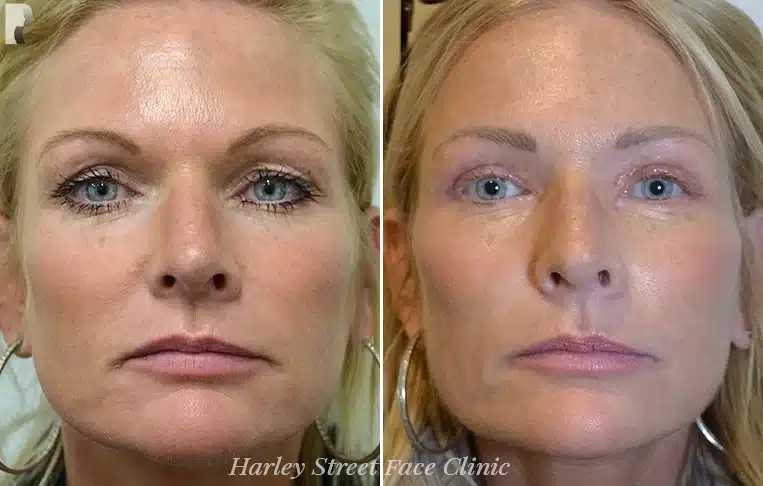
A PDO thread lift is a non-surgical, minimally invasive procedure designed to lift and rejuvenate saggy skin and tissue. Here’s what you need to know about it:
The Procedure
The procedure involves inserting PDO threads, which are biocompatible and biodegradable materials, beneath the skin’s surface. These threads physically lift the skin, providing immediate effects.
Collagen Stimulation
The PDO threads stimulate the production of collagen, the protein responsible for skin elasticity and firmness. This process, known as neocollagenesis, leads to ongoing skin improvement even after the threads have dissolved.
Ideal Candidates
The procedure is ideal for individuals with mild to moderate skin sagging. Those seeking subtle enhancements and not dramatic alterations may find the procedure beneficial.
Recovery
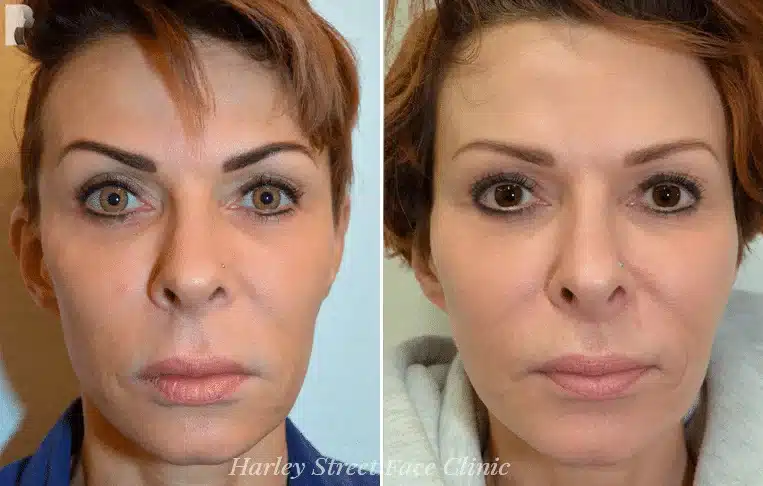
After the procedure, expect mild swelling, bruising, or discomfort. However, they generally subside within a week. Strenuous activities should be avoided for about two to four weeks following the procedure.
Longevity of Results
While results are immediately noticeable, the full effect of the treatment usually becomes evident after several weeks. It can last anywhere from one to two years, depending on individual skin conditions and lifestyle factors.
Safety and Risks
PDO thread lifts are generally safe, but with any procedure, there are risks involved. These include bruising, thread migration, and skin irregularities. Ensuring the procedure is performed by a qualified, experienced doctor like like Dr. Julian De Silva minimises these risks.
Cost
The cost of the procedure varies depending on the number of threads used, the areas treated, and the doctor’s expertise.
PDO Thread Lift FAQS
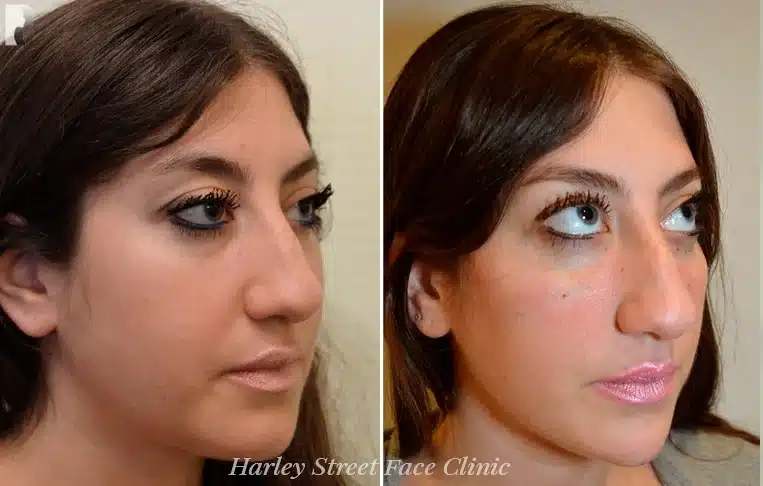
Here are the answers to the most commonly asked questions about polydioxanone threads:
How does it work?
Thin PDO threads are inserted into the skin using a fine needle. These threads have barbs, which grip onto the skin, allowing the doctor to lift the skin tissues. The threads also stimulate the production of collagen, which helps in skin rejuvenation and the improvement of skin texture.
Is it painful?
The procedure involves anaesthesia, which minimises any discomfort. However, patients might experience a slight pulling or tugging sensation during the process.
What areas can be treated with PDO thread lift?
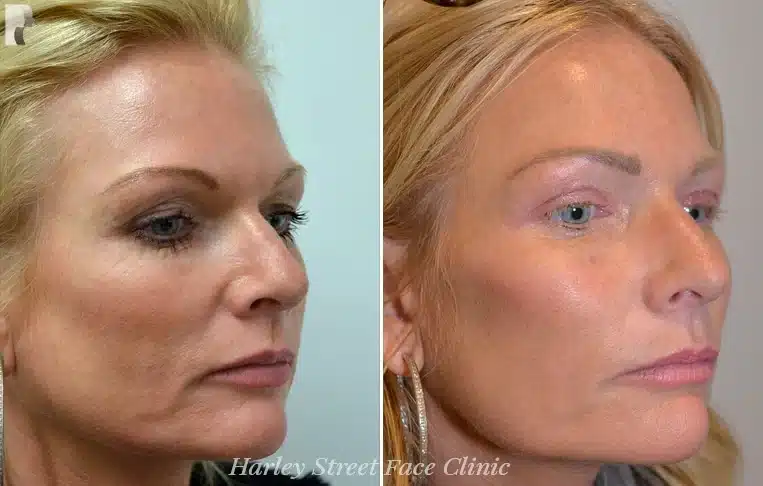
Common areas for PDO thread lifts include the cheeks, jowls, eyebrows, and neck. However, the target areas vary based on individual skin conditions and desired results.
What is the recovery period like?
There’s usually minimal downtime after a PDO thread lift. Some patients may experience mild swelling, redness, or bruising for a few days, which usually subsides on its own.
How long does a PDO thread lift last?
The effects of a PDO thread lift typically last between six months to two years. The longevity of the results depends on several factors including the patient’s age, skin condition, lifestyle habits, and the number of threads used during the procedure.
It’s also important to note that while the threads themselves dissolve in the body within four to six months after the procedure, the collagen and elastin stimulation caused by the threads continues to provide a lifting effect for some time afterward.
Do PDO thread lifts really work?
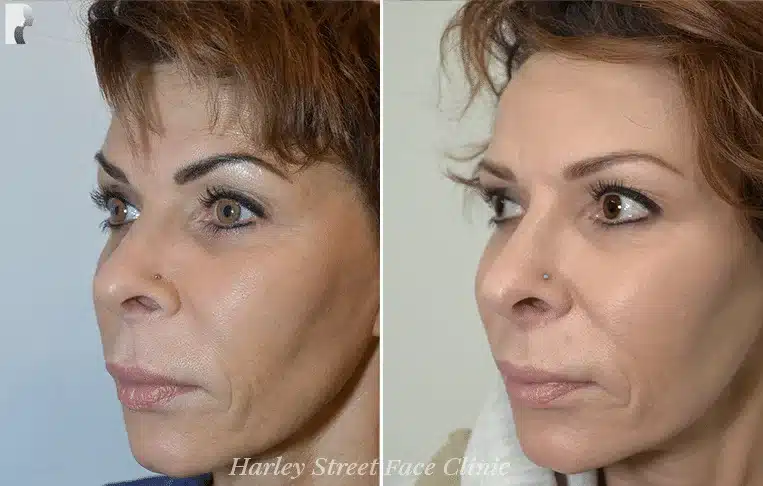
PDO thread lifts have shown significant efficacy in lifting and rejuvenating the skin. The procedure works by inserting threads made from PDO beneath the skin’s surface. These threads can physically lift saggy skin tissues, creating an immediate lifting effect.
Additionally, the minor “injury” caused by the thread insertion prompts the body’s natural healing response, leading to new collagen in the treated areas. This process also provides ongoing improvements in skin texture and firmness over time.
While the results are less dramatic than a surgical facelift and last shorter than a silhouette soft thread lift, many patients observe noticeable enhancements in skin firmness, texture, and a more youthful appearance. In addition, the success of the procedure significantly relies on the practitioner’s skill and experience, underlining the importance of choosing a qualified professional for optimal results. It’s also vital to have realistic expectations and discuss them with your doctor before the procedure.
Does PDO lift sagging skin?
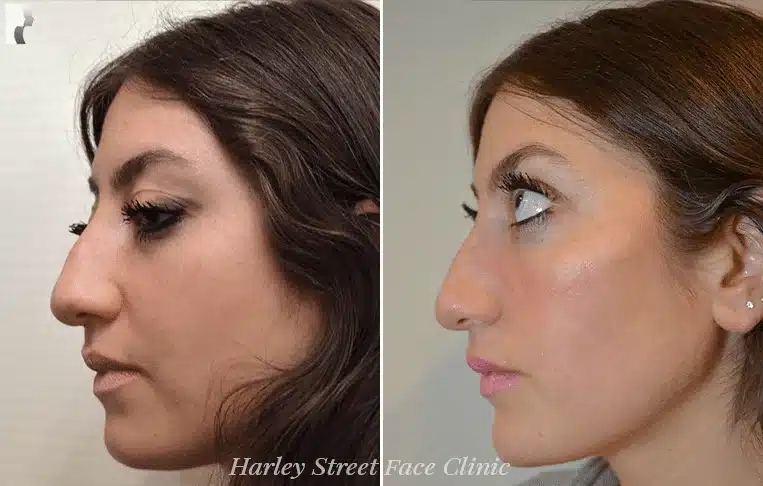
The threads used in the procedure are designed with tiny barbs or cones that grip onto the skin from the inside. Once they’re inserted under the skin, the doctor can pull these threads, causing an immediate lifting effect on sagging skin tissues.
Furthermore, the procedure also induces the production of collagen, which is a protein that gives skin its elasticity and strength, in the surrounding areas. This results in improved skin texture and improved skin laxity over time.
However, like dermal fillers, the extent of the lift depends on the severity of the sagging and individual skin conditions. It’s important to note that while PDO thread lifting can provide a noticeable improvement, they may not be as effective as a facelift surgery for those with severe skin sagging.
Is a thread lift worth it?
Absolutely, a thread lift can be a worthy investment for those seeking a non-surgical, minimally invasive approach to facial rejuvenation. By offering an immediate lifting effect and stimulating collagen production for continued improvement, this procedure can yield noticeable enhancements in the appearance of the skin.
A thread lift offers several advantages that add to its worth. It generally involves less downtime and fewer risks compared to traditional surgical facelifts, making it a preferred choice for many individuals who cannot or prefer not to undergo major surgery.
How much does PDO threading cost?

The cost of PDO thread lifts in London varies depending on several factors, including the specific area being treated, the number of threads used, and the expertise of the practitioner. a rough estimate would put the cost anywhere between £600 to £2,500 per treatment.
What makes PDO threads different?
PDO threads offer a unique approach to non-surgical aesthetic treatments. These threads are biocompatible and biodegradable, naturally and safely absorbed by the body. PDO threads also come in a variety of textures for customised treatments, which to their versatility. Furthermore, they offer a compelling alternative to traditional surgical facelifts with less downtime and recovery since they’re minimally invasive.
PDO Thread Lift Recovery
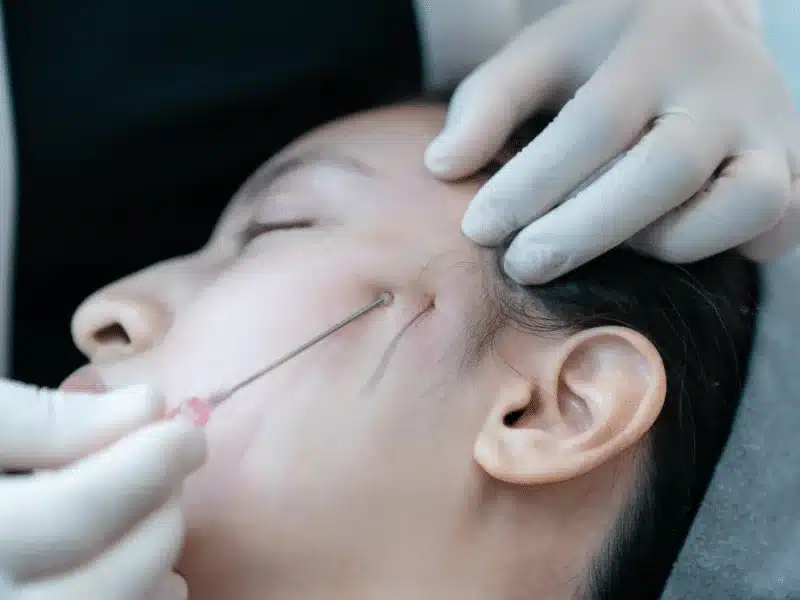
Recovery is typically quick due to its minimally invasive nature. Immediately after the procedure, it’s normal to experience mild swelling and discomfort, which usually subsides within a few days.
Most patients can resume normal activities within a week, although strenuous activities and extreme facial movements should be avoided for about two to four weeks. As recovery can vary between individuals, it’s crucial to follow your doctor’s specific aftercare instructions for optimal results.
PDO Thread Lift Aftercare
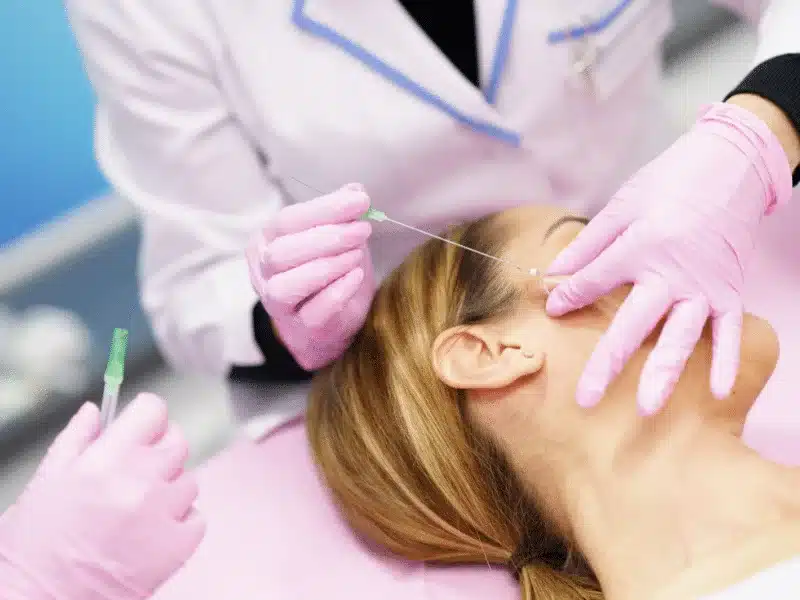
Aftercare is critical following a PDO thread lift for optimal recovery. Key recommendations include:
Strenuous Activity
It’s crucial to give your body ample time to recover after a procedure. This means avoiding high-intensity physical activity such as running, heavy lifting, or any sort of vigorous exercise. These activities can potentially increase swelling and slow down the healing process. Furthermore, excessive physical exertion may lead to higher blood pressure, potentially causing bleeding at the treatment site.
Hence, I recommend that you rest and allow your body to heal for two to four weeks post-treatment before gradually reintroducing such activities into your routine.
Facial Movements
Limit extreme facial expressions like squinting, frowning, or smiling excessively for two to four weeks after the procedure. This prevents stressing the treated area and allows it to heal optimally.
You must also avoid high-pressure treatments like facials or microdermabrasion for the same time period. These treatments can be harsh on sensitive post-procedure skin, potentially leading to complications or delayed healing.
Skincare
Keeping the treated area clean prevents infection and complications. You should cleanse the area gently with a mild, non-irritating soap.
Avoid putting on makeup, especially non-mineral-based products, for at least one to two days after the procedure. Makeup can potentially clog pores, leading to breakouts or irritation. Your skin will be more sensitive during this period, so be cautious about the products you apply.
Sun Exposure
Excessive sun exposure can cause damage to the skin, especially after the procedure. It can lead to increased redness and can delay the healing process. Therefore, it’s crucial to protect your skin by wearing a broad-spectrum sunscreen of at least SPF 30, wearing a hat, or staying indoors as much as possible.
Avoid Alcohol
Don’t drink alcohol for two weeks after the procedure for optimal recovery. Alcohol dehydrates your skin and deprives you of the nutrients your body produces to recover.
Eva Mendes’ PDO Thread Lift

Image Source: Medpagetoday
Actress Eva Mendes has been candid about her experience with cosmetic procedures, including a PDO thread lift. In a social media post in 2020, she revealed that she had undergone a mono-thread treatment on her jawline.
Mono-threads are a type of PDO thread that, when placed under the skin, can stimulate collagen production and provide a tightening effect. Although they don’t physically lift the skin like barbed PDO threads do, they can still contribute to a more youthful and rejuvenated appearance.
According to Mendes, the procedure was minimally invasive and relatively quick, requiring little downtime. She also praised the natural-looking results, which evolved over time as the PDO threads stimulated collagen production in the treated area. It’s important to note, however, that individual experiences with PDO thread lifts can vary based on a variety of factors, including the patient’s skin condition, the expertise of the doctor, and the specific type of threads used.
Visit Dr. Julian de Silva – Harley Street, London
Do you want a more youthful appearance by stimulating collagen? Are you afraid of invasive surgery? Look no more, threads are here to help.
Book a consultation now to see how I can help you through PDO thread lifts. You may also visit us at 23 Harley St, London W1G 9QN, UK.

